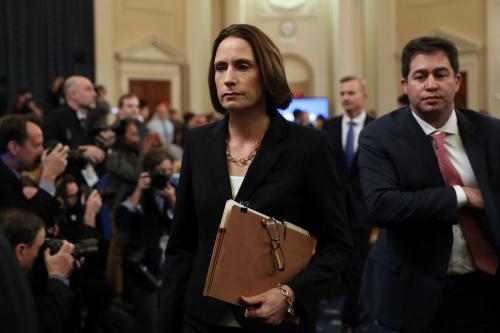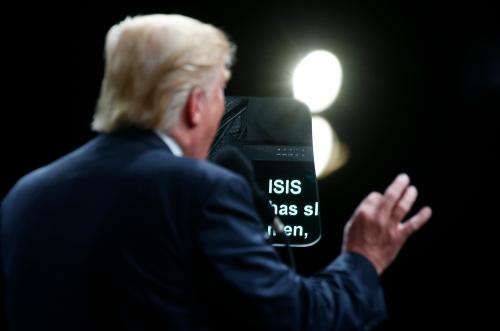The Iraq war has become one of the most polarizing issues in American politics. Most Democrats, including Senator Barack Obama (D-Ill.), want large, early troop cuts; most Republicans, including Senator John McCain (R-Ariz.), want U.S. troops to stay until Iraq’s stability is guaranteed. Years of bad news from the front have hardened these divisions along partisan lines and embittered many on both sides. Today, however, there is reason to believe that the debate over Iraq can change. A series of positive developments in the past year and a half offers hope that the desire of so many Americans to bring the troops home can be fulfilled without leaving Iraq in chaos. The right approach, in other words, can partly square Obama’s goal of redeploying large numbers of U.S. forces sooner rather than later with McCain’s goal of ensuring stability in Iraq.
If the prognosis in Iraq were hopelessly grim, it might make sense for the United States to threaten withdrawal, hold its breath, and hope for the best. But the prognosis is now much more promising than it has been in years, making a threat of withdrawal far from necessary. With a degree of patience, the United State can build on a pattern of positive change in Iraq that offers it a chance to draw down troops soon without giving up hope for sustained stability.
The last 18 months have brought major changes in the underlying strategic calculus facing Iraq’s main combatants—undermining the Sunni insurgency, weakening the Shiite militias, severely degrading al Qaeda in Iraq (AQI), strengthening the Iraqi security forces (ISF), and creating new, more positive political dynamics and incentives. But these developments have also brought new, if less acute, challenges to the fore—demanding corresponding changes in U.S. and Iraqi strategy. Simply staying the course will not work under the new conditions in Iraq.
Both to deal with the new problems and to guard against any revival of the old ones, any further troop drawdowns, now that the “surge” is over, should be modest until after Iraq gets through two big rounds of elections—in late 2008 at the provincial level and in late 2009 at the national level—which have the potential either to reinforce important gains or to reopen old wounds. But starting in 2010, if current trends continue, the United States may be able to start cutting back its troop presence substantially, possibly even halving the total U.S. commitment by sometime in 2011, without running excessive risks with the stability of Iraq and the wider Persian Gulf region.
Read the complete article at Foreign Affairs magazine »



Commentary
How to Leave a Stable Iraq
August 9, 2008